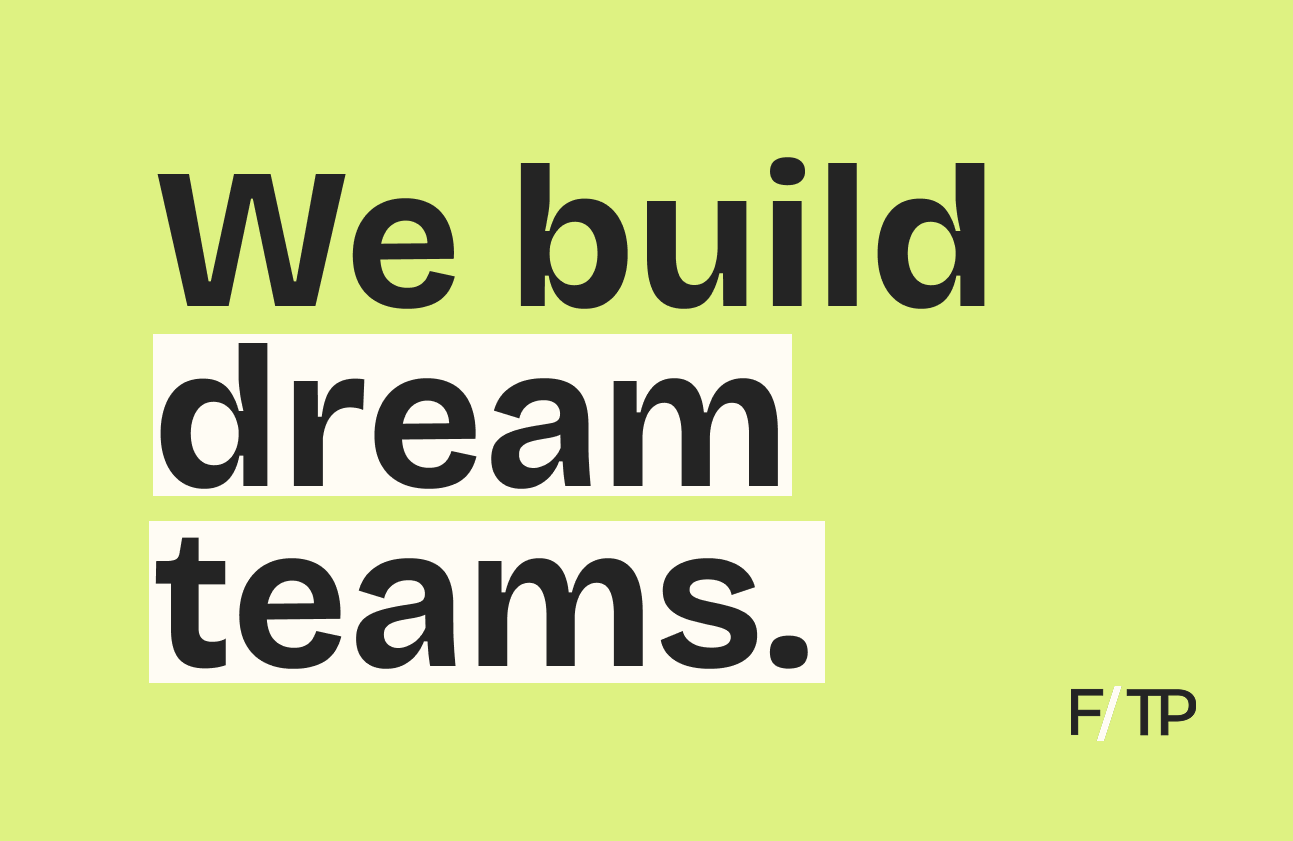
Today, Joe Vennare is joined by Tobi Pearce the CEO of SWEAT. Along with his wife Kayla Itsines, Tobi and the team at SWEAT are building the world’s largest female fitness community.
In this episode, we talked about his journey from personal training to creating a digital platform. We also discussed customer acquisition and retention as it related to growing SWEAT’s user base. And Tobi shared his thoughts on fitness in a post-COVID-19 world.
Check out an overview of the conversation below or listen to the entire episode for more.
What are you focused on at Sweat?
TP: Our mission is to empower women with fitness. We’re on a journey to build a platform and a fitness community of women all over the world, and we’re doing everything we can to try and change their lives.
How did Sweat get started?
TP: My wife, Kayla Itsines, and I are both personal trainers and after spending a fair bit of time in the industry, agreed that online was going to be a pretty decent thing in the future.
Initially, we just launched a website and e-books for Kayla and received overwhelming feedback from consumers that they loved what we were doing. But, there was this huge desire for flexibility and variety, so we took it upon our shoulders to try and design a solution for that.
We partnered with other content providers and trainers from all over the world to provide different content, and that was the dawn of what the business is now, which is Sweat. We launched as a mobile app and over the last 3-4 years have built a large online community of women who are consuming a variety of fitness on our platform every day and loving it.
How has the product evolved over time?
TP: Being a personal trainer actually gives you an incredible advantage when entering this product space because trainers are inherently service providers. In order to provide that service well, you have to collect feedback from clients, interpret it, and use it to customize and personalize her experience.
As we ventured around the world running events and speaking with our members, we asked for feedback to understand what’s important to them, what they want, and how and when they want that delivered. It was very obvious that it was something mobile and had to do with video and audio, but the bigger leap was building the software, as it was not at all something we had experienced.
How do you approach content development?
TP: We first look at what the content actually is, meaning, the style of training, equipment versus no equipment, the exercises we’re choosing, at what frequency and variance, etc. That’s a critical component because invariably, 100% of the women that come to our platform want to do something to improve their health and/or fitness, and the majority have a very specific goal in mind. Therefore, the what behind our content is incredibly important.
So, at the moment, we’re deep in this space trying to understand the different styles of training, users’ specific goals, and then how can we use technology in a really intelligent way to hyper-personalize that experience.
Obviously, personal training is inherently personal and you expect that experience to be wholeheartedly tailored to you, but in the digital space many products that exist aren’t personalized. We’re certainly not where we want to be, but we’re definitely conscious of that as a high priority for us.
How does personalization benefit Sweat users?
TP: It’s a pretty big picture at the moment, but we can quite simply categorize personalization down to two different attempts. The first is to get her to her first workout, and the second is to keep her working out once she’s started.
First, we’re removing barriers to get her to actually do her first workout and using personalization to help onboard members. So, we’re introducing ourselves and understanding her goals to make sure we’re displaying content to her that’s relevant and will motivate her to start.
Second, once she actually gets to the workout, we use personalization to keep her going by removing barriers to the activity itself. For example, if she’s training and a particular piece of equipment isn’t available, we can recommend an alternate exercise or customize a program for her so she’ll still get the same benefit. Or, if she provides input on her workouts, we can use it to proactively customize them to make it more difficult or easier so she can feel like she’s succeeding.
There’s nothing worse than feeling like you’re not making any progress, and it’s our job as personal trainers to make sure we’re coaching the individual to let her actually make progress on her journey.
How do you acquire new members?
TP: I have a slightly counterintuitive philosophy here and it’s one we’’re certainly still working on.
But, I think the best acquisition strategy is actually really good retention because if you retain a lot of people, you need to acquire less. Also, if you retain more people, they’re typically happier with the product and are telling more people about it, and that word of mouth has an incredibly high advocacy and high yield.
If we really specifically look at acquisition, something that’s always been important to us is this notion of community. Fitness is a social activity and community as a mechanism supports women and all people in their fitness journey in a variety of manners. So, we believe that leveraging that community and creating our own ecosystem or community is probably going to be one of our most powerful acquisition and renewal drivers in the future.
How do you build and maintain community in a digital environment?
TP: It’s a super fascinating space. As you look at the more retail oriented products and services that exist in fitness—the SoulCycles or the F45s of the world—they’ve nailed that camaraderie-type behavior amongst their users, which obviously drives competitive behavior and stickiness.
There are two key characteristics here that we would lean into. One is that camaraderie and competitive nature, and the second is what could be generically defined as support or help from people in the community. Digitally, they can be slightly more difficult to get moving, but once they do, they move at the same velocity and have the same impact on stickiness that you would otherwise receive in the retail environment.
We have a community forum with hundreds of thousands of active people and our social community is more than 50 million strong and are an incredibly supportive group to one another. So we have both on-platform and off-platform support activities happening.
The area we’re leaning into now is the competitive and camaraderie type behavior. We ran a program called Sweat Challenge in January which is a six week on-platform challenge where people do customized workouts. From that, we had some of our highest reporting feedback because it was a really cool, short, sharp, shiny challenge, which people were able to engage with on a communal level.
How has COVID-19 impacted the business?
TP: Interestingly for us, well over a third of our members actually follow gym-based programs, so when this COVID activity started to gain momentum we, expectedly but quite aggressively, saw an immediate pivot away from those programs and into the at-home activity.
We were quite proactive in this regard, and actually released a significant amount of new content almost immediately after we saw that trend starting to change and now almost 90% of our members are currently doing at-home programs that don’t require any sizable equipment.
It’s interesting, there’s culturally a huge portion of people that think if you want to get results, you have to go to the gym and lift weights, but obviously, we know that’s not entirely true. As COVID forced people to stay at home and new people have tried our product, there’s been a lot of what we would call “the converted”, which we’ve seen in our reviews and feedback.
People are saying that they previously wouldn’t have worked out from home but are fascinated by how enjoyable and great these workouts are and that they’ll probably keep working out from home afterwards. And I think this is an interesting trend to lean into.
How will the fitness industry evolve?
TP: At this point in time, I’m not necessarily going all in on one way or the other. I think the reality is that some people are probably having a realization that maybe they don’t actually need the gym and they could actually train at home.
At the same time, there’s always going to be a need for people that want to use equipment and resistance training and who want to train in-person with other people as well because that’s also part of human nature.
So, do I think gyms will no longer be needed after this kind of blows over? No, I certainly do not. Do I think that there might be a slightly accelerated and more progressive shift towards at home, dynamic omni-channel workouts? Yeah, I think there will, but I don’t think that by any means it’s going to be black and white.
What’s the big vision for Sweat?
TP: Our target state is to be the world’s largest and most supportive fitness community for women on the planet. Broadly speaking, at the moment, we provide what I would say is a small sliver of all the fitness content that she wants to consume.
We’re looking to be the one platform that has it all for her. To summarize the direction where we’re heading is something that we sort of ramble and rave about internally, which is any woman, anywhere, anytime, any workout. Whether that is the use of new technology or new platforms or whatever in the future is kind of redundant in that regard. Our desire is just to be that place for her.
**Note: Tobi’s answers have been edited for brevity and cohesion.
About Tobi Pearce:
Tobi Pearce is the Founder and CEO of SWEAT, a global technology company in the health and fitness industry and home to the largest online female fitness community of more than 50 million women globally.
Pearce has leveraged his personal training background and his knowledge in business and technology to reach global markets, and ultimately provide a world first health and fitness app for women in more than 155 countries.
SWEAT is currently one of Apple’s largest grossing apps in its Health and Fitness category.





